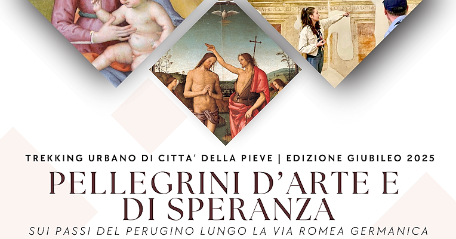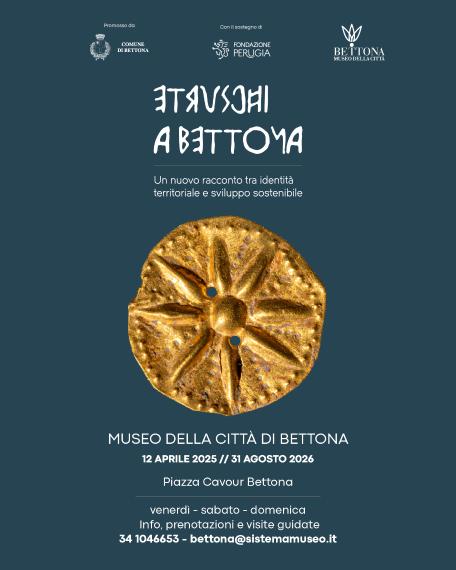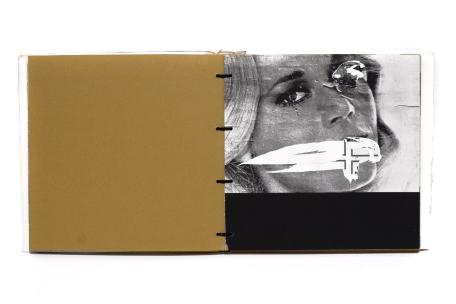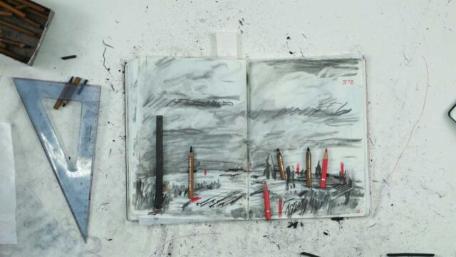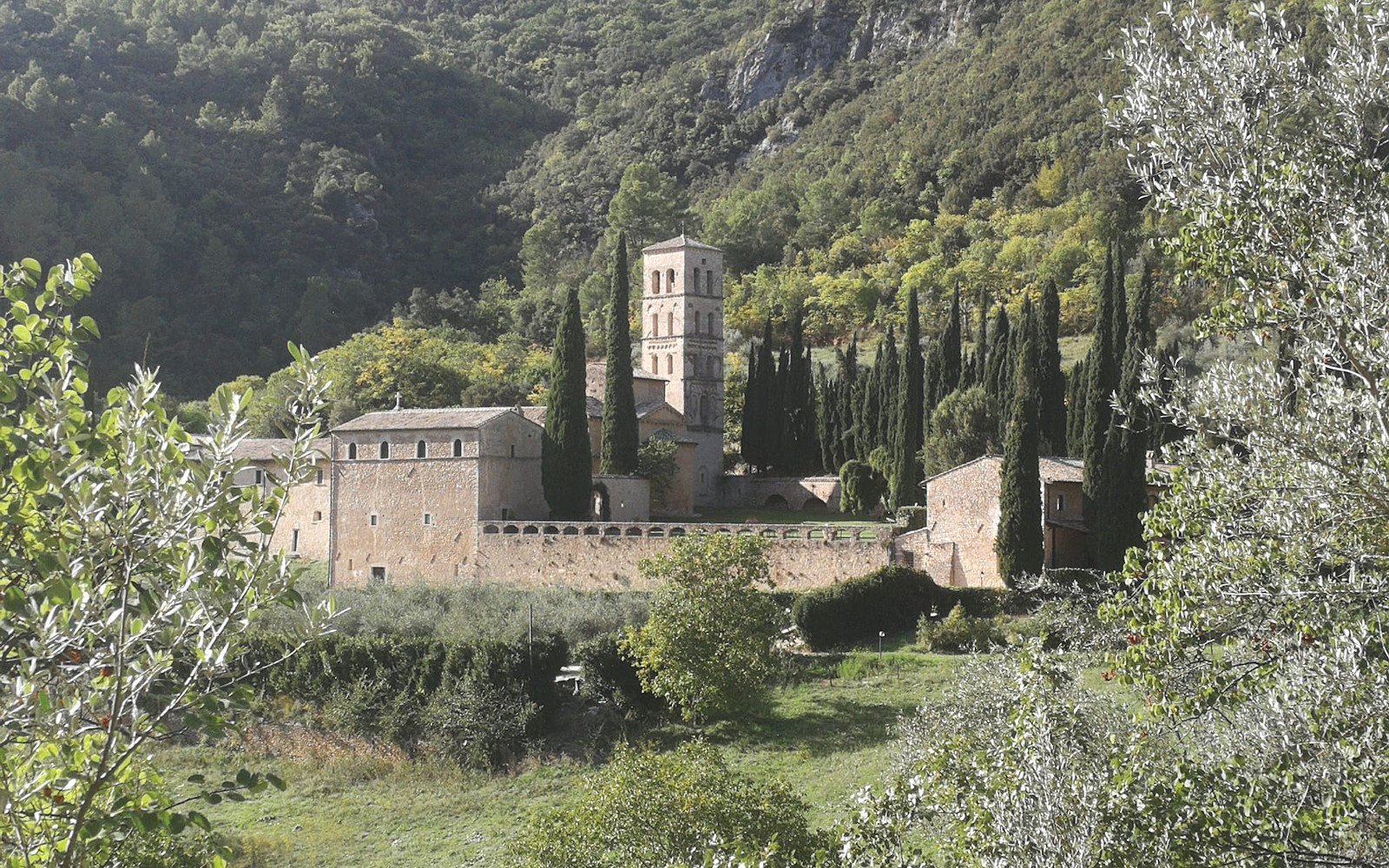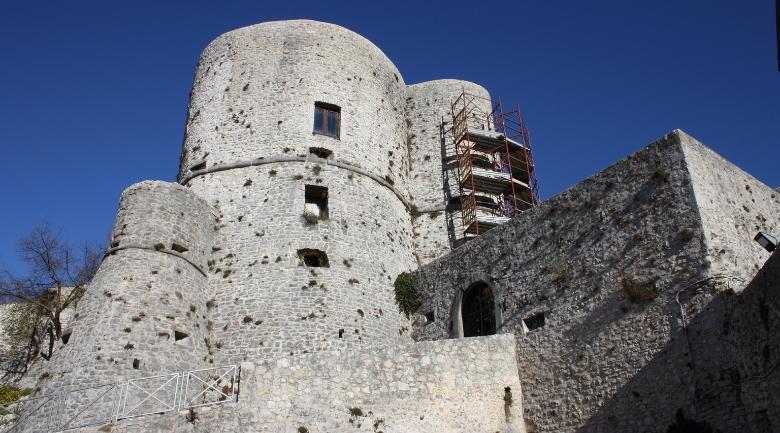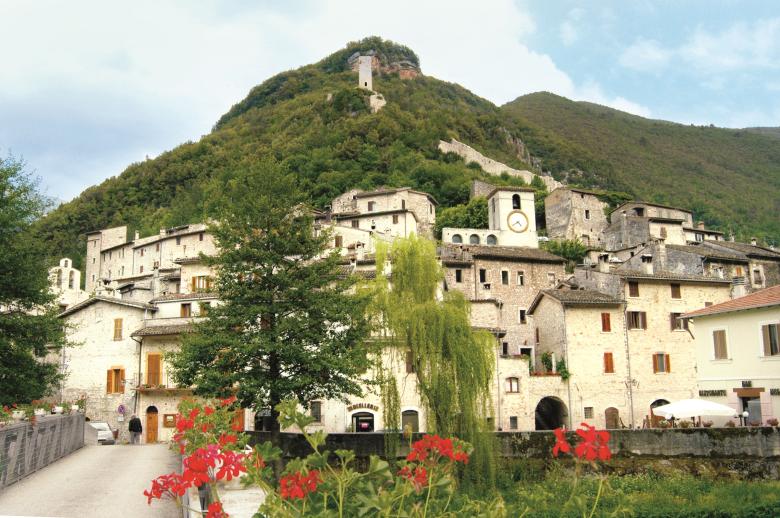Abbey of San Pietro in Valle in Ferentillo
The Abbey of San Pietro in Valle stands in a dense forest halfway up Mount Solenne, along the Valnerina state road that continues from Ferentillo towards Cascia.
In this area, between the 4th and 6th centuries, there was a community of hermits who lived for forty years in a cave adjacent to the current church. The monastic complex, now privately owned, has been recently renovated for tourist accommodation purposes.
Origins
The Benedictine Abbey of San Pietro in Valle is among the most significant examples of high medieval art in central Italy. The complex was built in the 8th century by the will of the Lombard Duke of Spoleto Faroaldo II, to lead an eremitic life. He was buried here in 728.
In 840, the monks living there were removed by order of the bishop of Spoleto, and in 1016 the abbey was destroyed by Saracens.
Restored and expanded at the end of the 12th century, it underwent further restoration works and was adorned with a series of frescoes in the nave.
With the rebuilding of the adjacent monastery, the abbey increased its possessions and influence over the surrounding territory until 1303. In 1477, Sixtus IV granted the abbey in commendam, and in 1517 it became the property of Francesco Cybo, before passing to the municipality of Ferentillo after the Unification of Italy.In the 15th century, the cloister was added, and in the early 16th century, the current gabled façade was built, very simple, with a Renaissance portal topped by a rose window.


















